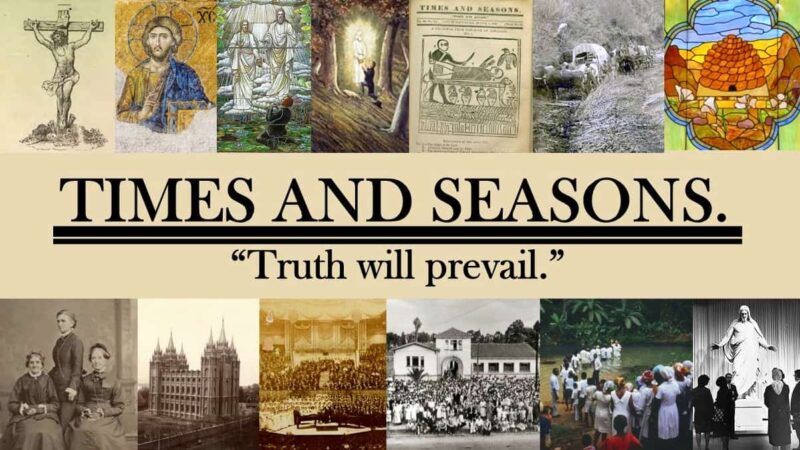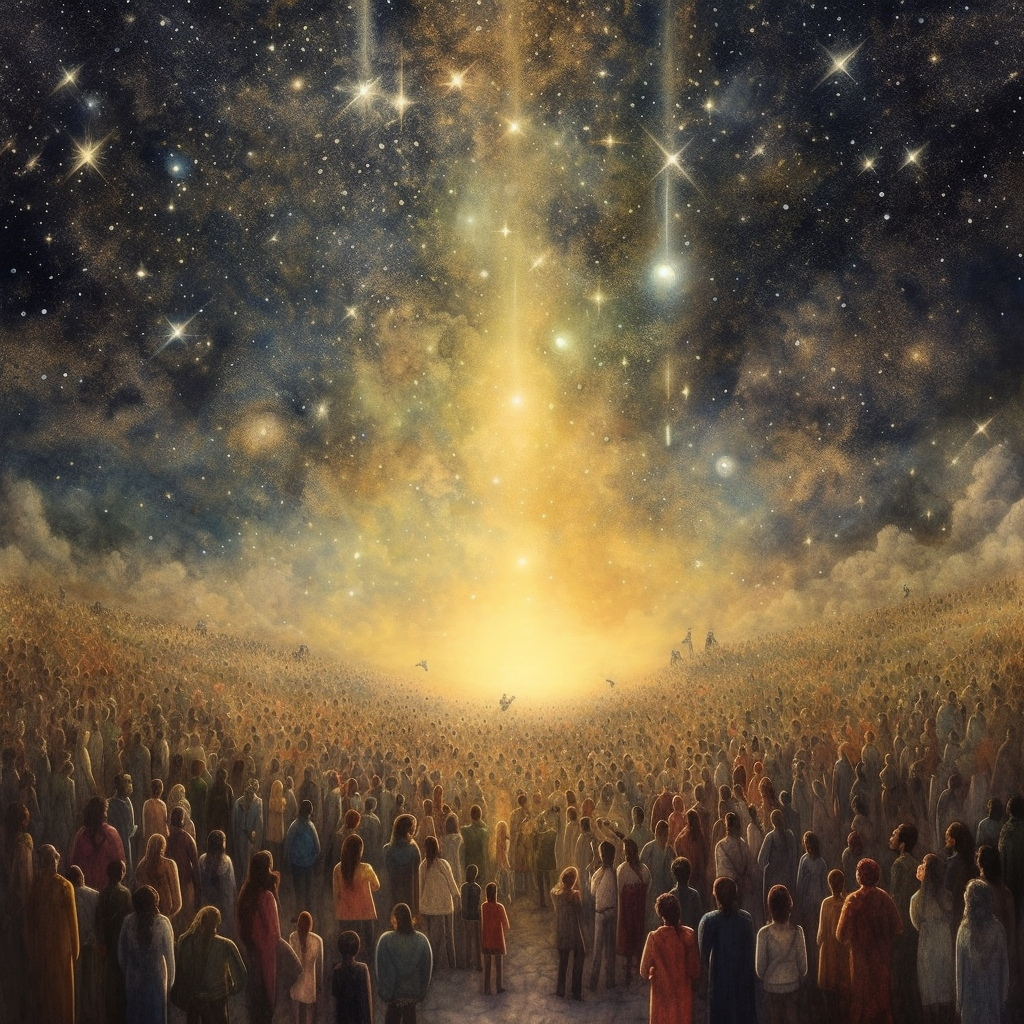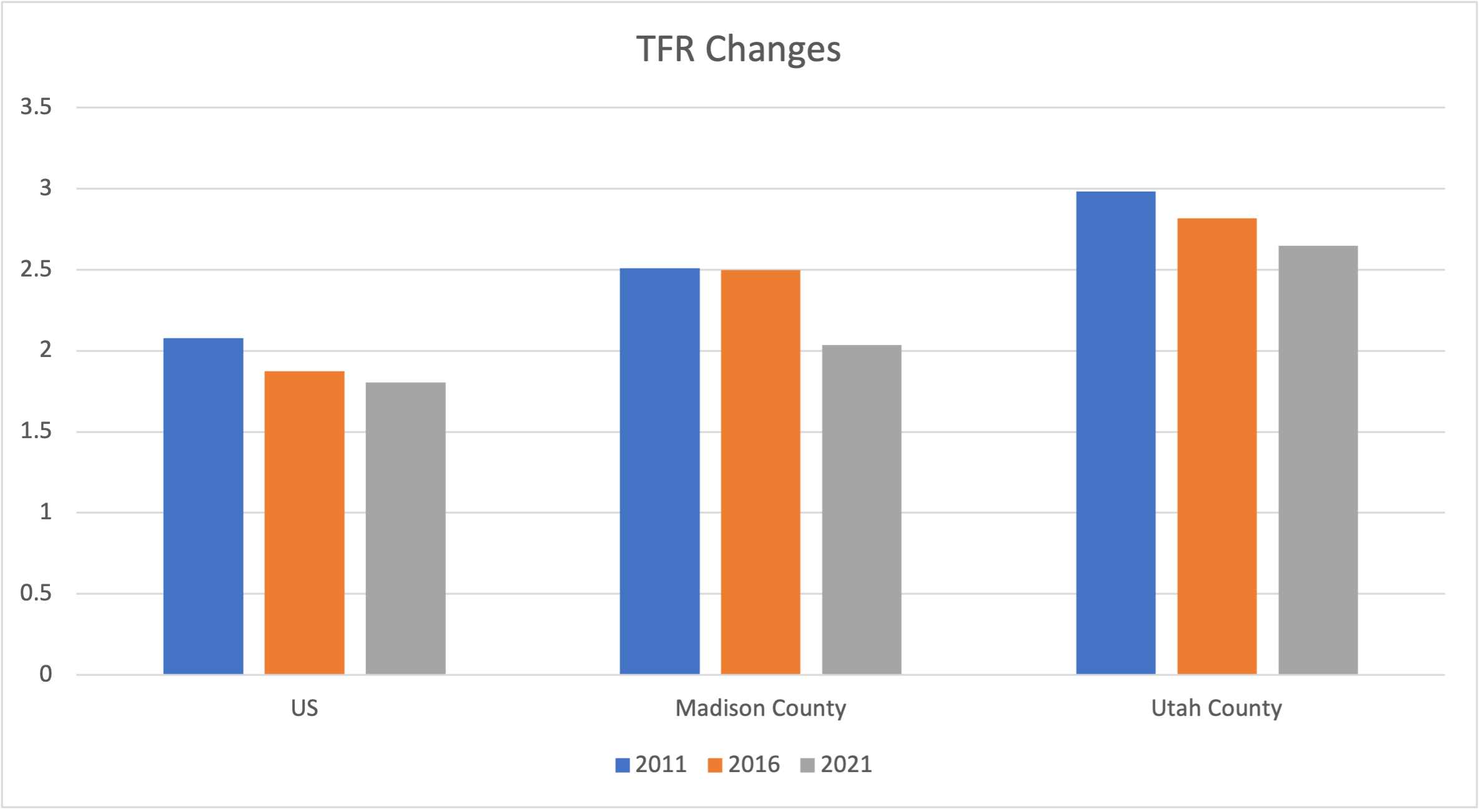-
•
•
5 responses

Library in the Eternities Note: I fully support President Nelson’s shift towards using the formal, Christ-centered name of the Church when discussing members of the Church and the institution. However, for specific references to artistic, culture-specific things I think “Mormon” is appropriate and is keeping in the spirit of the new direction. I hope nobody faults me for not using the name of the Savior when talking about horror cinema or seedy urban legends. Sorry for another AI post, but I feel like aliens landed in the Rose Garden and only half the country is talking about it, so readers will… Read More
-
•
•
This excerpt comes from Under the Long White Cloud: A Missionary Memoir of New Zealand by Miles Farnsworth. It tells the story of a two-year Latter-day Saint mission, starting with President Thomas S. Monson’s historic policy announcement lowering the age of service for young men and women. The book is more a travelogue and coming-of-age story than doctrinal exegesis and explores the highs, lows, and emotional labor of serving a mission, as well as the culture of New Zealand. Note: Guest posts can be submitted by e-mailing us at [email protected]. Read More
-
•
•
One response
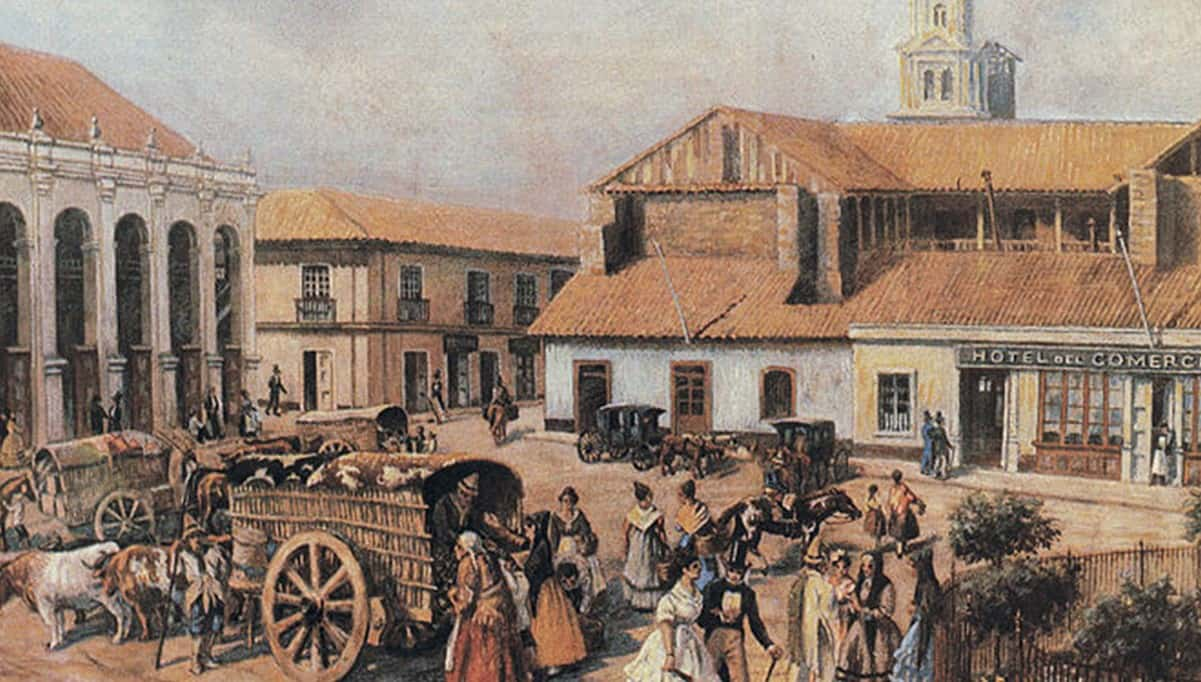
The first attempt to proselyte to Spanish-speaking peoples was not directed at Mexico, but was aimed at Chile instead. Read More
-
•
•
3 responses

A homage to a past Mormon sexual urban legend I wrote earlier about the mythological practice of “soaking” in a post about faith demoting, sexual urban legends about Mormonism. Basically, “soaking” is a supposed practice where people have premarital sexual intercourse without thrusting, thus supposedly circumventing Latter-day Saint chastity regulations. While on the Joe Rogan podcast (one of the most if not the most popular podcast in the world) recently, comedian Ari Shafir made reference to the Mormon practice of soaking. Intrigued that this myth hadn’t died down yet, I did a quick search and saw that there was a… Read More
-
•
•
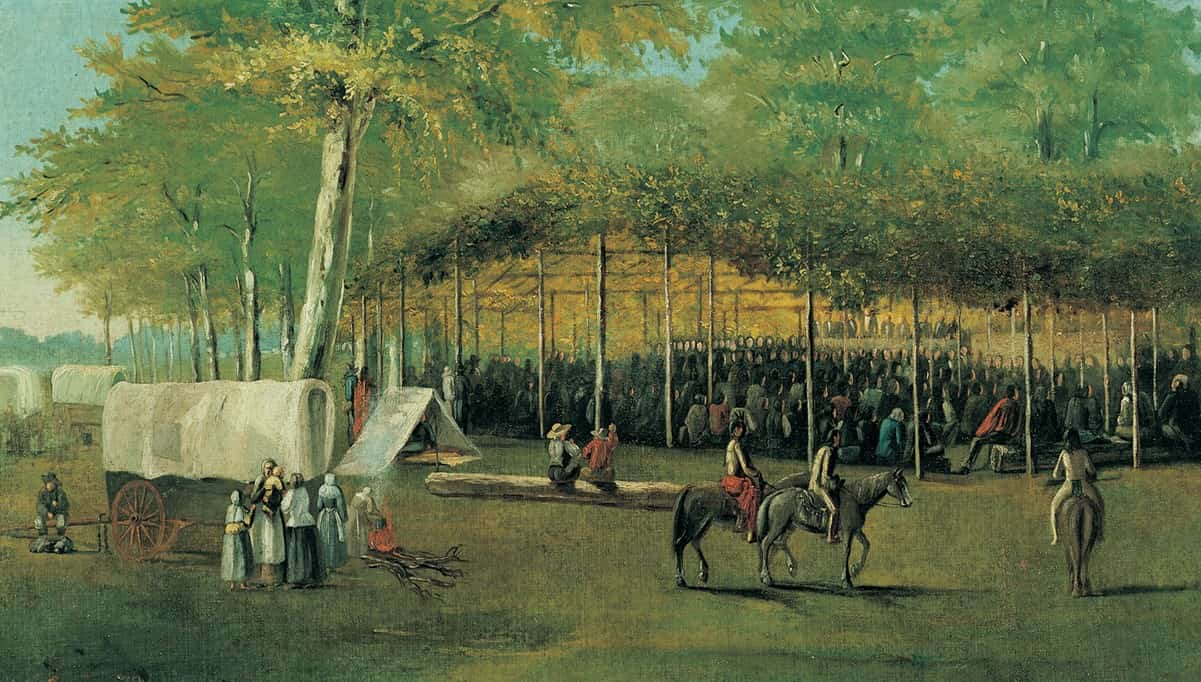
It’s time to return to the Mexican Mission Hymns project, with a slight change. Instead of running hymn translations and the brief history discussions together, they will be separate posts moving forward. To do this properly, the previous history segments are going to be rerun as their own posts, starting with this one. Read More
-
•
•
4 responses
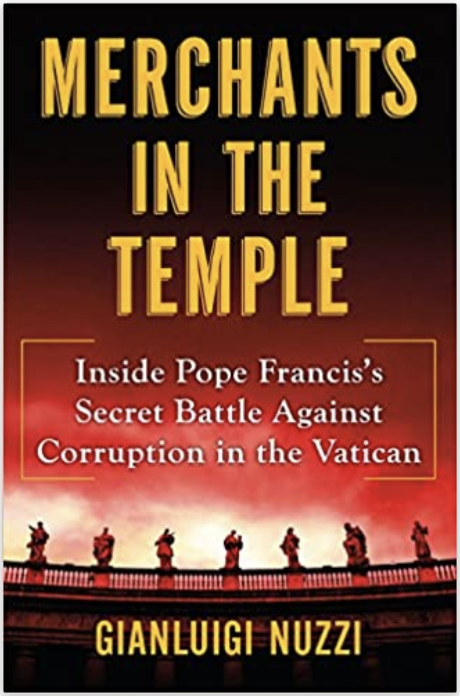
The story of the Vatican Bank and Vatican finances in general is a bit of a wild ride, the kind of thing can get you lost down Wikipedia rabbit holes for hours. I suspect the fact that the Vatican is its own state, combined with the fact that it’s managed by a coterie of clergy that don’t have much in the way of financial training, makes the Vatican Bank a place ripe for waste, mismanagement, and sometimes outright corruption. Sometimes people (including me) gripe about how the Church of Jesus Christ of Latter-day Saint’s leadership is disproportionately drawn from the… Read More
-
•
•
The Bible is “the bedrock of all Christianity” and women play some very key roles in the stories that it shares. Camille Fronk Olson has worked to highlight these female Bible characters as a member of The Church of Jesus Christ of Latter-day Saints. In a recent interview at the Latter-day Saint history blog From the Desk, Olson discussed some of what she has learned about the women of the New Testament through her studies and work in writing Women of the New Testament. What follows here is a co-post to the full interview (a shorter post with excerpts and… Read More
-
•
•
3 responses
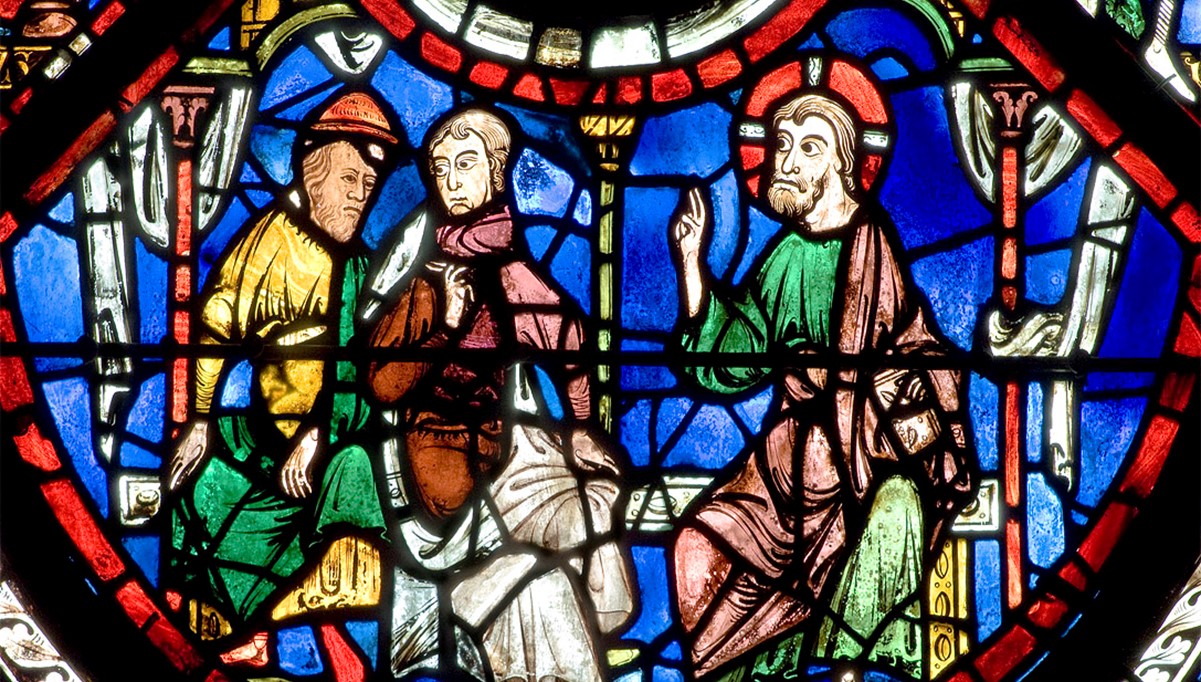
At one point in his ministry, “an expert in the law stood up to test Jesus.” He wanted to see what Jesus would answer, asking him: “Teacher … what must I do to inherit eternal life?” To this, Jesus responded with a question of his own: “What is written in the law? What do you read there?” As an expert in the Law of Moses, the lawyer quoted from Deuteronomy 6:5 and Leviticus 19:18, saying: “You shall love the Lord your God with all your heart and with all your soul and with all your strength and with all your… Read More
-
•
•
4 responses
The Princess Bride’s relationship to the scriptures. Bear with me here. This is not one of those “William Goldman [the author of the book and screenwriter for the movie] was LDS” things (like “Yoda is President Kimball” or whatever from other franchises). When I first read the book (which came before the movie), it shocked me. I did not expect what I found. Almost everything from the movie was in there (although often in different ways – the famous “life is pain” quote comes from Fezzik’s parents in passing during a flashback, for example), but there was so much more. … Read More
-
•
•
The story goes that J. Golden Kimball was once preaching to a crowd in the South and became concerned when he noticed that only men were present. As he opened his mouth to talk, however, All at once something came over me and I opened my mouth and said, . . . ‘Gentlemen, you have not come here to listen to the Gospel of Jesus Christ. . . . You have come to find out about the Mountain Meadows Massacre and polygamy, and God being my helper I will tell you the truth.’ And I did. I talked to them for one hour.… Read More
-
•
•
5 responses
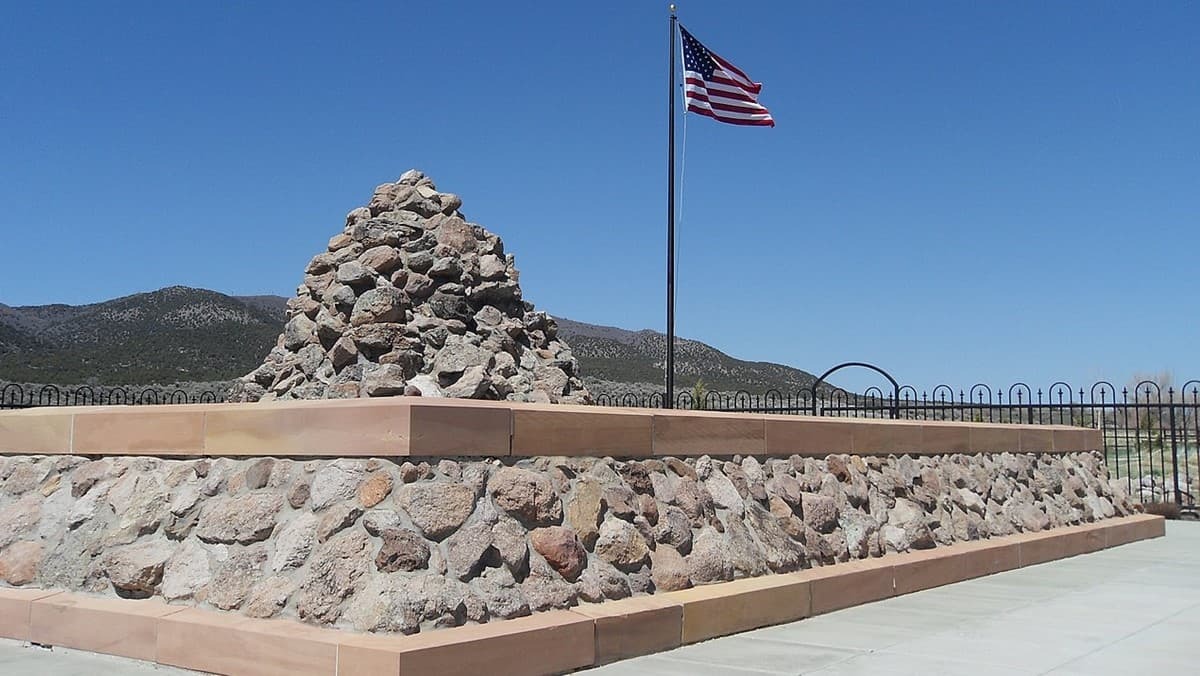
One of the most significant books in Mormon studies being published this year is Rick Turley and Barbara Jones Brown’s Vengeance Is Mine: The Mountain Meadows Massacre and Its Aftermath. It’s been years coming, but is worth the wait. I’ll probably publish my own review next week, but wanted to highlight that Turley and Brown recently shared some about the book and the Mountain Meadows Massacre in an interview at the Latter-day Saint history blog From the Desk. What follows here is a co-post to that interview (a shorter post with excerpts and some discussion). Read More
-
•
•
10 responses
Fools shall have thee in derision, and hell shall rage against thee; While the pure in heart, and the wise, and the noble, and the virtuous, shall seek counsel, and authority, and blessings constantly from under thy hand. Ye are…a peculiar people; that ye should shew forth the praises of him who hath called you out of darkness into his marvellous light. And it came to pass that I beheld the church of the Lamb of God, and its numbers were few, As a marginal religious minority we tend to crave a sort of mainstream acceptability that is always just… Read More
-
•
•
6 responses
The only other “And Philosophy” essay of mine that mentions the Church is in Sherlock Holmes and Philosophy, though I don’t discuss the obvious thing: the second half of “A Study in Scarlet” where evil Mormons use Danites to terrorize women in marriages with lecherous older men (incidentally, when a young’un, I read a version of “A Study in Scarlet” that cut out the “Mormon” bits as unnecessary, and – at the time – I didn’t even notice they were missing; it wasn’t until much later in life I found out about the evil Mormon/Danite section). Read More
-
•
•
29 responses

Growing up in the 90s, Church growth was conceptually tied to temple building, with announcements of additional temples assumed to be a proxy for the growth in temple attending members. While we aren’t privy to the more precise numbers that would be required to know the true state of Church growth like the number of temple attenders broken down by age and year, from both inside and outside numbers we do have access to it’s clear that Church growth is not matching the growth in temples. I threw a graph together that looks at the number of temples and stakes… Read More
-
•
•
11 responses
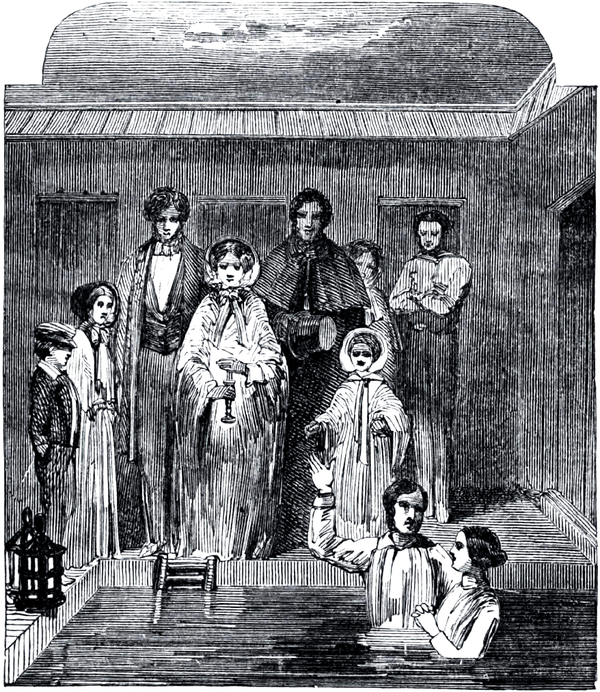
One of the interesting aspects of how members of The Church of Jesus Christ of Latter-day Saints approaches the sacrament of the Lord’s Supper is that it is seen as a renewal of covenants. What may not be as widely known is that the idea of renewing covenants may have originally emerged in the Church in connection with the practice of rebaptism. In a recent interview at the Latter-day Saint history and theology blog From the Desk, historians Jonathan Stapley and David Grua discussed Latter Day Saint rebaptism. What follows here is a co-post to the interview (a shorter post with… Read More
-
•
•
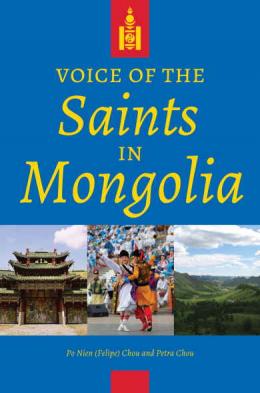
Voice of the Saints in Mongolia by Po Nien (Felipe) Chou and Petra Chou is an informative account of the establishment and growth of The Church of Jesus Christ of Latter-day Saints in Mongolia. As the first comprehensive history of the Church in Mongolia, the book breaks historical ground and provides valuable insights into the challenges and blessings of bringing the gospel to a rugged, harsh climate and a people with deeply rooted (non-Christian) beliefs and traditions. Read More
-
•
•
9 responses
The most cited article I’ve ever written was also my first professional publication: “Why Your Mormon Neighbor Knows More About This Shows Than You Do” in Battlestar Galactica and Philosophy from Open Court Press (not to be confused with the Battlestar Galactica and Philosophy from Blackwell Press). One reason I wrote that article was that while there were a few scattered articles, websites, and other venues that acknowledged LDS/Mormon influence on the original show (and the faint traces of it in the more recent version), nearly all of them got something wrong – often egregiously so. Read More
-
•
•
24 responses
The race-based priesthood and temple ban that the Church of Jesus Christ of Latter-day Saints had in place from the 1850s until 1978 is a heavy, but important subject to study. I’ve shared a review about W. Paul Reeve’s recently-released Let’s Talk About Race and Priesthood where I stated that it was one of “the best and most important entries in a fantastic series”, and I stand by that statement. Recently, W. Paul Reeve shared some of the insights he has gained from his research on the topic of race and the priesthood in an interview at the Latter-day Saint… Read More
-
•
•
3 responses

Joseph Smith rarely wrote poetry, but there are a couple notable exceptions. Read More
-
•
•
8 responses
I’ve participated with the “Bloggernacle” since before it was called that (I recall the whole Banner of Heaven debacle, which shows my age somewhat). I have never served as a power player or all that prolific, and I mostly just lurk these days as I find most of the arguments the same old same old; you can only have the same arguments about authority, obedience, scripture, etc. before they get really tiring. However, I do have a few random thoughts/reflections (in no particular order) on the ‘Nacle based on my many years hanging around. Your mileage will definitely vary about… Read More
-
•
•
3 responses
If you’ve been following the LDS blogging world for the last 20 years or so, you’ll recognize Ivan Wolfe from posts and comments at various blogs. Ivan lives in Arizona, where he teaches writing at ASU. He has published essays on several topics I’d like to hear more about, including Battlestar Galactica and Philosophy, The Princess Bride and Philosophy, and others. Please join me in welcoming Ivan Wolfe. Read More
-
•
•
17 responses

Traditionally artistic depictions convey deity in the ethnicity of the artist and his/her surrounding culture. Consequently, I’m not going to begrudge early Latter-day Saint art’s depiction of a European Heavenly Father any more than I would a Japanese depiction of Amaterasu looking Japanese. However, as a faith becomes more cosmopolitan it becomes all the more important for all its members to be able to see themselves in depictions of deity. As far as God’s actual “race,” race is a social construct in the here and now, so it’s a bit of misnomer to try to define God in terms of… Read More
-
•
•
5 responses
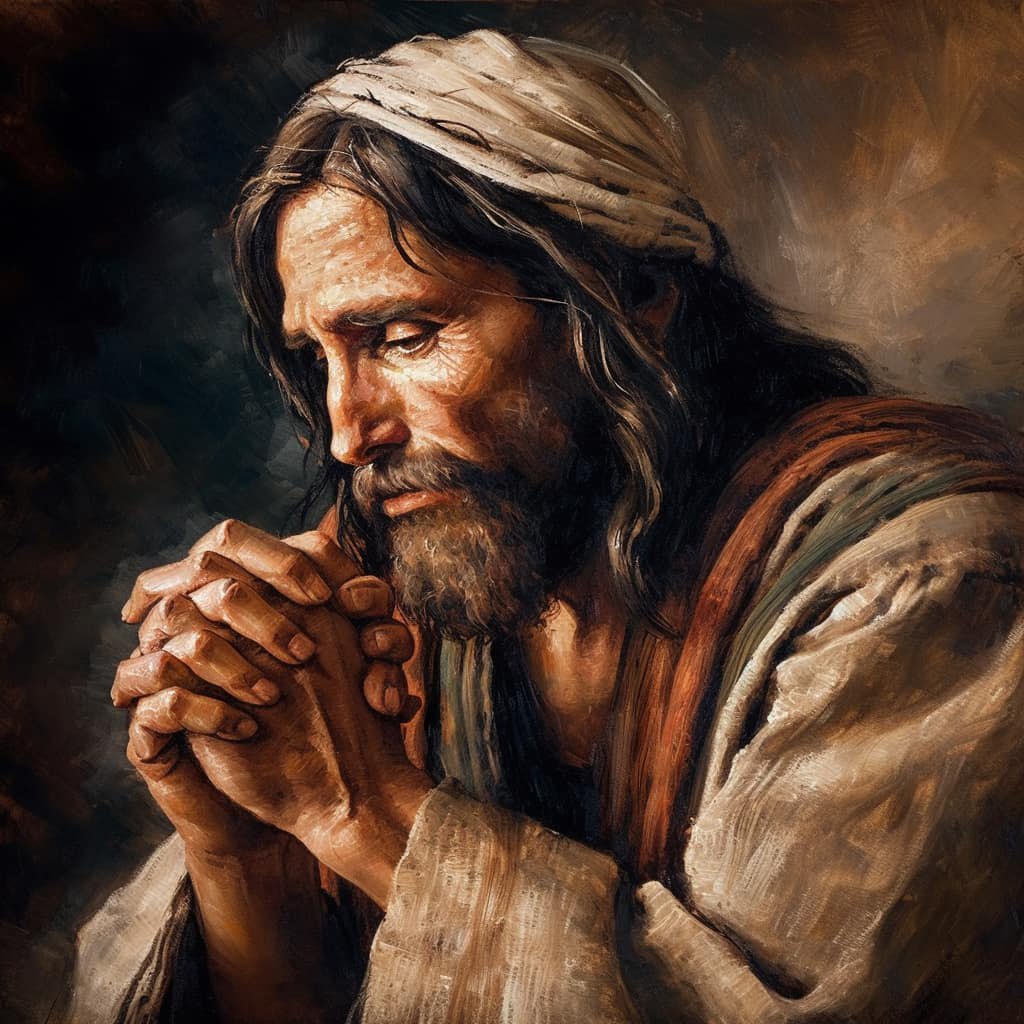
I haven’t had as much time to produce AI religious art as I would have liked, so this might be it until we get the next version to play around with, but a few insights: AI is actually okay at depicting religious sentiment in art without specific prompts. For example, below is a MJ image (not mine, from a FB page I follow) with little else in the prompt except “repentance” and “forgiveness.” If you can ignore the extra fingers it’s a reasonably moving depiction. AI is sometimes okay at depicting imagery with little else but the actual scripture verses… Read More
-
•
•
3 responses
In Saints, volume 2, one of the key players was Susa Young Gates. A prominent daughter of Brigham Young who went on to do a lot of notable activities herself, Susa is a relatively well-known figure in Latter-day Saint history. One aspect of her story that received attention in Saints was Susa Young Gates’ divorce with Alma Dunford. The was an important part of both of their life stories, and an aspect that was the focus of a recent interview at the Latter-day Saint history blog From the Desk with Lisa Olsen Tait. What follows here is a co-post to the interview (a… Read More
-
•
•
9 responses

Some religious artistic motifs and scenes have been done to death while many have barely been touched. Since text-to-image came online I’ve been cogitating about its possibilities for creating religious artistic imagery at scale for every…single..event in the standard works. However, as I have mentioned before, what we have so far, while great in many ways, is not so great at understanding complex scenarios with multiple people. So far it’s primarily good at contexts that can be described simply. As sort of a pilot study I created a Midjourney Art Edition of Genesis Chapter 1. Here I draw inspiration from… Read More
